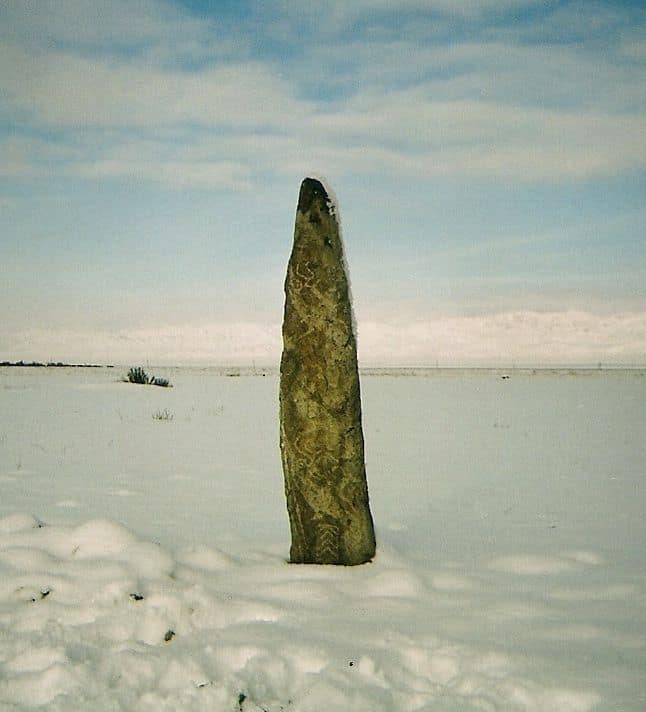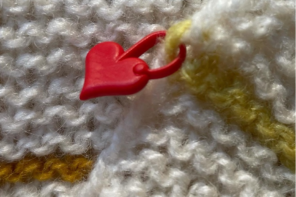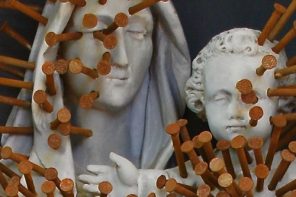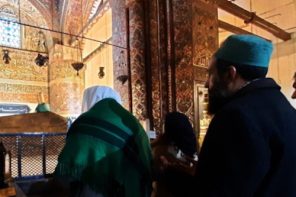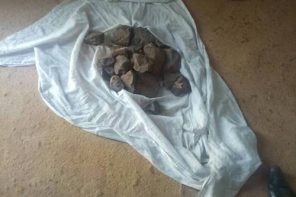From the depths of Siberia, amidst the wilderness of Tuva, this ancient stone evokes shamanic senses of awe and inspiration before the vast landscape (filled as it is with various spirit-masters and similar ‘entities’). Situated in Russia’s frontiers to north-western Mongolia, Tuva Republic (a territory the size of modern Greece), is known for its natural reserves and civilizations dating back to 5,000 BC, as well as for a current proliferation of shamanic and Buddhist religions – which were revived after the fall of Soviet socialism. With Tuva’s ‘post-Soviet hypertrophy of religious expression’ (Zorbas 2007; 2013), cultural relics and artefacts, as the column above, have taken on a new lease of life, as re-imagined repositories of renewable energy to be used by shamans themselves in their arduous healing or anti-cursing rituals. Indeed, although it challenges the legally circumscribed contexts of shamanic practice in Tuva, this shamanic re-interpretation of ancient columns is consistent with their meaning – as the latter is revealed in the zoomorphic petroglyphs which decorate our column: as symbolic constellations of life’s endless renewal, these artefacts objectify a pattern of thinking which also informed the rituals of the shamans whom I researched in Tuva – either as healers or as catalysts of curse-inflicted misfortune.
Zorbas, Konstantinos. 2007. Agents of Evil: Curse Accusations and Shamanic Retaliation in Tuva, Siberia. PhD dissertation, University of Cambridge.
Zorbas, Konstantinos. 2013. ‘Shirokogoroff’s Psychomental Complex as a Context for Analyzing Shamanic Mediations in Medicine and Law’. International Journal of Shamanistic Research, vol. 21, pp. 81-102.

